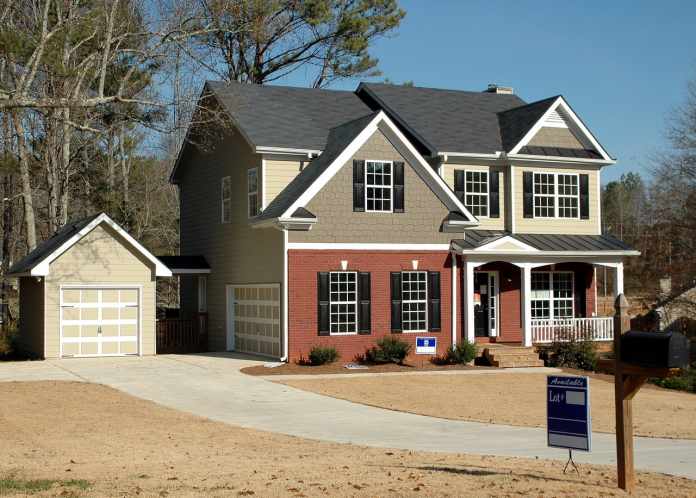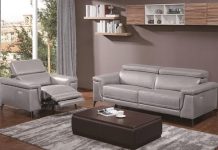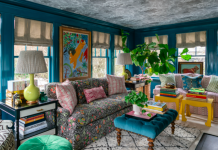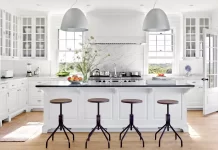Home is where we relax and take our needed rest after a tiring day’s work. However, sounds from passing cars, noisy neighbors, and other outside clatters can disturb us and prevent us from taking our needed rest.
Fortunately, there are ways we can take to avoid disturbance from outside noise. One of them is to soundproof our home.
The primary reason for soundproofing is to block out any unwanted noise. But it also comes with other benefits. Among them are privacy, improved quality of life, added aesthetics and design to the home, and the ability to have a peaceful sleep.
Looking for ways to protect your house from unwanted noise? Here are some materials you can use for soundproofing your home.
Dense Drywall
Concrete walls are great as wall materials, but they do not provide soundproofing capabilities. If your house has concrete walls or if your walls are made of light materials, such as wood, consider building a second layer of dense walls that can block outside noise. You can use drywall or other alternatives. Drywall installation is relatively easy, and you can do it yourself if you do not plan to hire a professional for this purpose.
Acoustic Foam
These products are mostly treated with fire retardants and dyes and are often used for soundproofing music studios. Acoustic foams are lightweight. They are made from polyurethane foam, which allows it to reduce or eliminate echoes and background noise.
Transparent or Semi-Transparent Sound Barriers
Transparent or partially transparent sound barriers are often used to reduce or block noises on highways. However, these are also good options if you want to add aesthetics to your soundproofing design. If you want to go for these types of noise barriers, you can contact polycarbonate suppliers and have these installed in your home. These can be installed in lieu of glass for windows or you can have them installed as part of the overall design of the house.
Acoustic Fabrics
These fabrics are mainly used in architectural environments, such as recording studios, theaters, rehearsal areas, concert halls, and auditoriums. They are also popularly used in museums, swimming pools, gyms, schools, and other public places. Acoustic fabrics absorb sound and provide acoustic tuning, which is highly important in buildings and rooms that require acoustic conditions. They provide maximum noise level reduction and provide a healthy auditive environment.
Apart from their noise reduction capabilities, acoustic fabrics can also be used to divide spaces and as blackout curtains for windows. Their decorative appearance allows them to be used as part of the overall designs of homes. Consider using these options if you want to augment your interior house design apart from reducing outside noises.
Floor Underlayment
Giving your floors a boost can also help block outside noise. Apart from installing soundproofing materials on walls and windows, you can also install some on your floors. Common floor products that block sound include cork insulation, acoustic foam tiles, sound deadening vinyl, sound-absorbing carpets, and floor underlays that use rubber.
Acoustic Panels and Boards
Also known as acoustic baffles, these soundproofing materials are primarily used for mitigating background noise and reducing echoes and reverberations in spaces. They are often used in modern offices and many open spaces. These panels may be installed on walls and ceilings. Generally, they come in these types: wall-mounted, ceiling-suspended, and freestanding.
For better soundproofing, several factors need to be considered when installing acoustic panels. These include room size, existing furniture, materials used to create the space (i.e., glass, wood, plastic), and the activity within the space.
Moving Blankets
When you are tight on budget, these blankets are good alternatives to the pricier sound barriers in the market. Moving blankets, which are mainly used for the purpose of moving any type of furniture, can be used to block away outdoor noises that may disturb your sleep. You can hang them on walls, doors, or windows, or any part of the house. Although they may not have grommets for you to hang them easily, they are relatively good for blocking and absorbing outdoor sounds.
Other steps to take when soundproofing your home include fixing squeaky floors, replacing or repairing old windows, sealing doors and cracks, and fixing holes in the house. If budget is a problem and you are not yet ready to upgrade your home with the different soundproofing materials listed above, you can use thick rugs, instead. You can also put up heavy curtains that are likely to absorb some of the vibrations. Having a filled book-case and rearranging some types of furniture may also help.
















